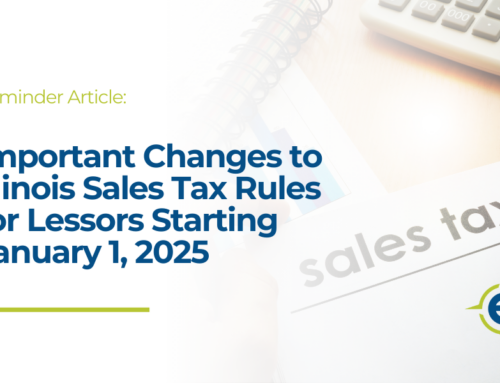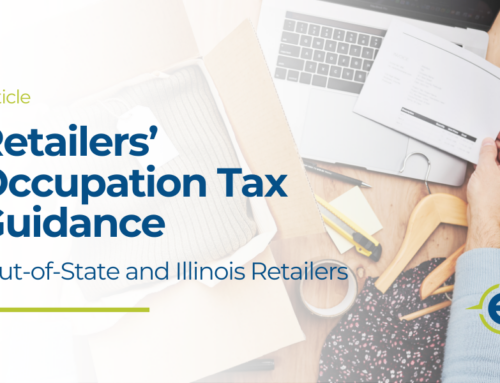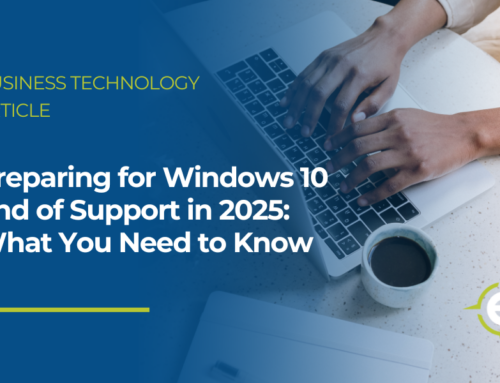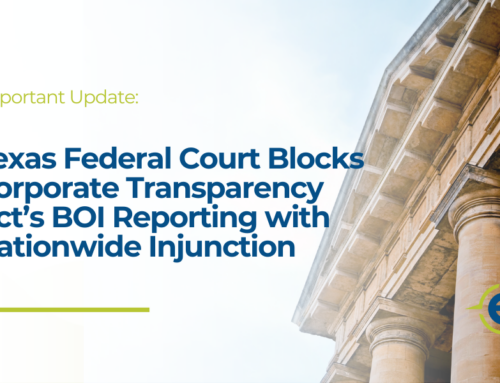PPP Forgiveness – Apply Now or Wait?
On September 10, 2020, the US Senate voted on an additional bill for coronavirus relief. It failed to pass the Senate. However, there is still optimism in Washington that an agreement on another relief package will be reached relatively soon.
Included in the failed bill were several key provisions regarding the Paycheck Protection Program (PPP), such as:
- Simplified forgiveness application process for loans under $2 million
- Provisions allowing additional types of expenses to be paid using PPP funds
- Another round of PPP for qualifying organizations that saw revenue declines of 35% or more in the 1st or 2nd quarters of 2020 compared to the same quarters of 2019
While we understand it is frustrating to still have so much uncertainty surrounding this program after all these months, it continues to be our recommendation that a wait and see approach is best for now. Under the current rules, the deadline to apply for loan forgiveness is 10 months after the end of the covered period in which the funds are used. Applying for loan forgiveness under the current guidance is time consuming for both the borrowers and the CPAs assisting them. We expect if another relief bill does ultimately pass that the process for loan forgiveness for loans under $2 million will be much more simplified and will ultimately cost borrowers less. While there is still hope we get the needed reforms before the election, it appears more certain that we will get something meaningful after the election.
If you have questions on this or anything else, we are always here to help.
Click Here to see the full list of our Covid-19 Resources





